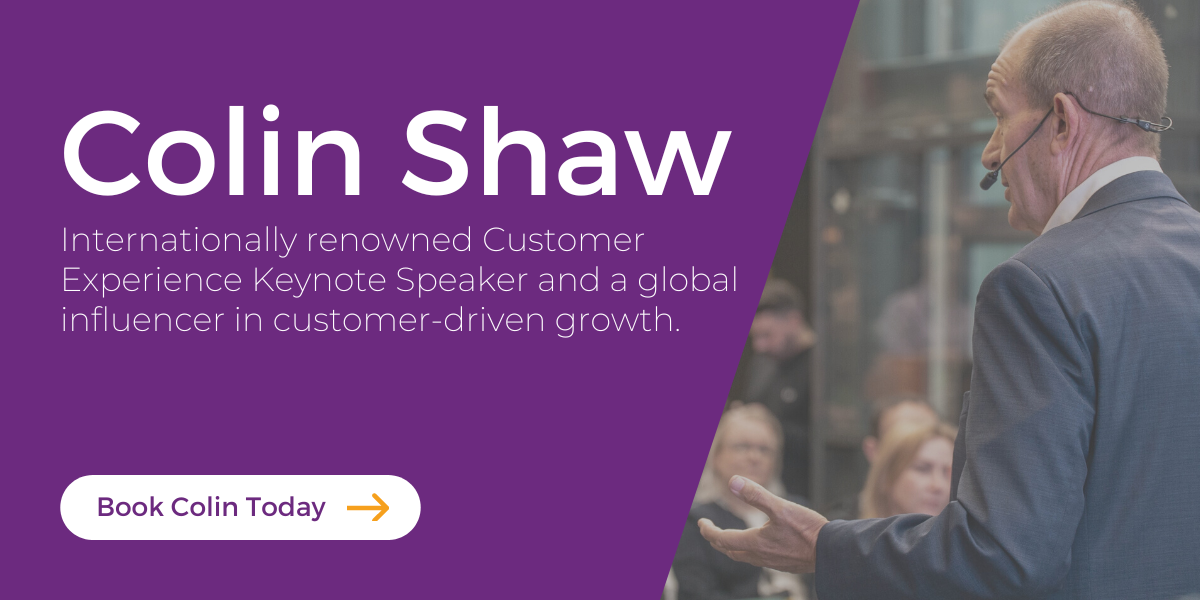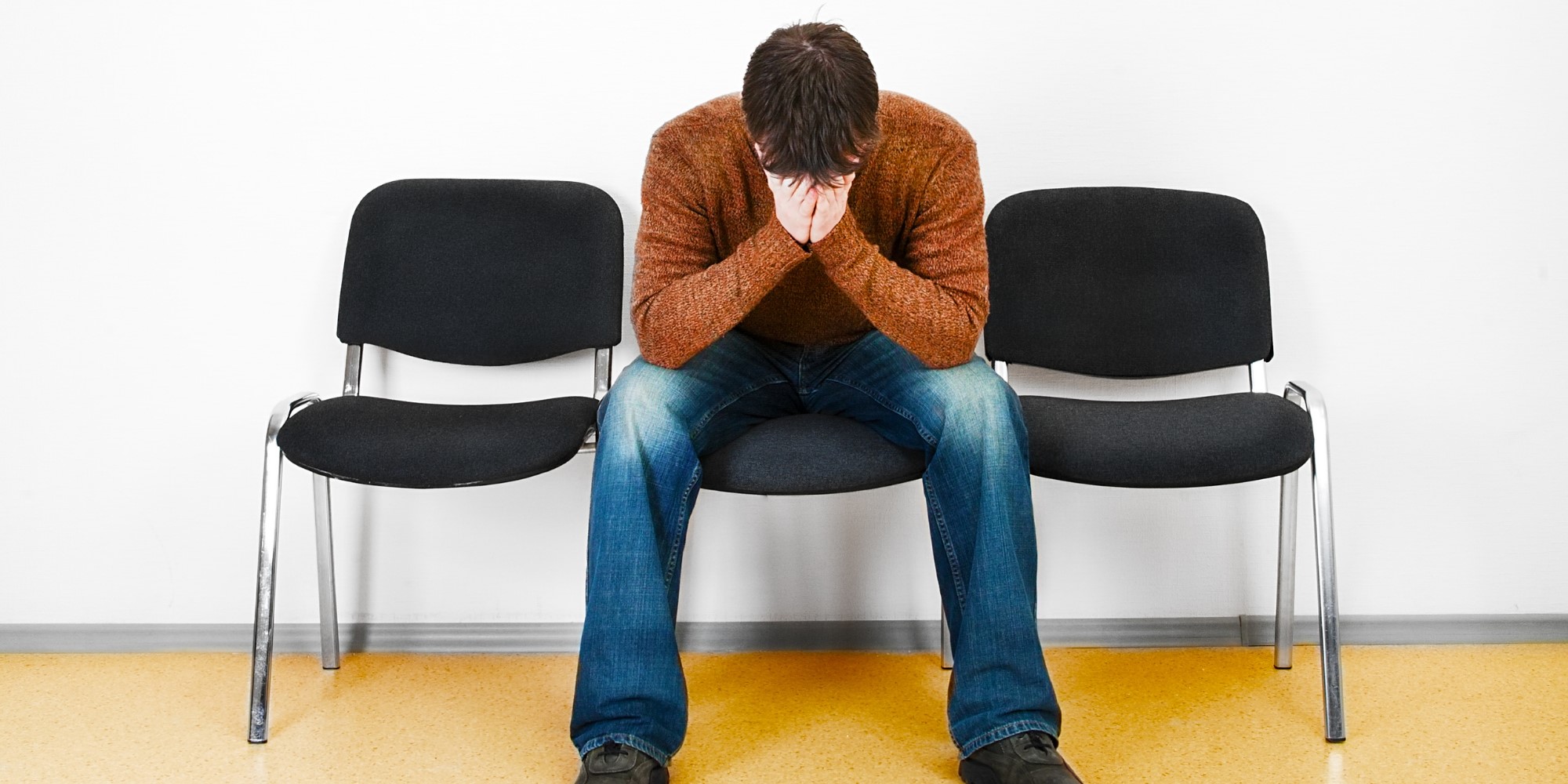Waiting is another type of cost to the customer. When you make them wait, you’re charging them in their time. Companies should consider this cost when designing their experiences that require waiting.
I got the idea for this topic while waiting in line at the grocery store. At my local market, a self-check-out was installed to reduce our wait times. Ironically, we have to wait to use them. It’s complete madness, and I am quite cross about it.
Watch Colin talking about this on YouTube:
Subscribe to our YouTube channel here to see all the latest videos!
You might recall that in a recent podcast with Joe Pine, we discussed the concepts of time well spent, time well saved, and time well invested. It occurred to me that when you ask a customer to wait, it’s for your benefit, not the customers.
Now, despite my ire about waiting for that time-saving self-check-out at the store, I realize that not all waits are evil. One can balance the wait cost with the value provided to customers. In other words, it could be worth the wait.
For example, I waited from 5:15 am until noon in a crowd of 100 people deep for the King’s coach to go by during King Charles III’s coronation. It was a significant event, so it was worth the wait. Was it comfortable? Not really. A bit dull? At times. But worth it? Absolutely. Especially when I think about the future when my granddaughter watches the coronation on TV someday and remembers being there with her granddad.
No one knows how long a customer spends doing things. There is no measurement of it. For example, when I had problems with UPS in the States a while ago, they were unaware of how much time that cost me, dealing with a chatbot, phoning up the call center, and waiting in the queue. I don’t know either; I didn’t keep track. All I know is that it was too bloody long.
This gap in tracking time is a problem. A customer-focused organization would know that the customer’s time is more important.
Disney does. They used to offer Fast Track for free to a ticket holder. Fast Track meant you could “jump the queue” on a ride or two during the day, reducing your wait. Now, they charge for it, and it must be worth it because there are a lot of people that use it. These people feel the extra time saved is worth the additional charge, which tells you much about how they value their time.
When considering customer wait time, organizations should always determine the value they provide in exchange. None of us like to spend time on things we don’t choose, just like no one likes waiting in line. However, we will do both depending upon the payoff at the end of the wait.
In other words, was it worth the wait?
My wife has had chronic back pain, so much so that before surgery about three months ago, I had to push her around in one of these mobility scooter things. So, when we went to Disney Disneyland, Paris, I applied for a disabled pass, which allowed you to get to the exit of the attraction, and you didn’t have to queue. The surprising bit was I missed some of the wait.
Now, this statement sounds mad, but hear me out. I didn’t want to wait an hour for a two-minute ride. But I might have wanted to wait ten minutes because it’s fun going through some of those queues. Part of it is the anticipation.
Your overall experience should be this simple equation of benefits minus costs. In other words, you should determine whatever benefits you’ll get from it, minus the costs imposed upon you; that’s the net experience you get. Interestingly, when you can turn some of those costs into additional benefits, that breaks down that equation.
So, even though I think waiting is usually bad (like at the self-service check-out at the store), there are cases where it provides anticipation, which is fun and beneficial to the experience.
For example, the Peter Pan ride’s line sends you through a series of rooms, each with around ten minutes of waiting. The walls have paraphernalia that looks like it came from the Peter Pan movie. There were hidden Easter eggs throughout. Plus, as you go from room to room, the anticipation builds because you know you are getting closer. When you can hear the ride, it takes it up a notch. Disney has done a great job of turning that cost into a partial benefit.
However, this concept applies to other types of costs, too. For example, paying more money is usually a bad thing. Still, there are situations where the higher the price, the more valuable it is, maybe because it’s rare, collectible, or exclusive. That course might provide some additional benefits.
Therefore, understanding the value of customers’ time is critical. Also, I would argue that time changes value. Customers with a lot of it might be more willing to spend it with you. However, it would help if you also had the awareness to know when time is scarce, which means they are less willing to spend it with you.

A bank in the UK called First Direct specializes in telephone or virtual banking. They have an excellent reputation for their experience as well. They change how they approach customers for new products depending on the time of the week. For example, if it’s midweek, they know customers have loads of things going on and don’t want to chat about a new mortgage product. However, customers might be more willing to hear about it if it’s the weekend because they have more time. In other words, five minutes mid-week is more valuable than it is during the weekend, so they are more willing to give it to you on Saturday than Wednesday.
We interviewed Rory Sutherland a couple of years ago on the podcast. He talked about how a rail line was spending billions of dollars to speed up the rail line’s travel from point A to point B by half an hour. He told them to save money and hire supermodels to walk up and down the coach pouring champagne for all the passengers. Then, the train ride will be over far too quickly for many passengers, even though it is the same as ever. He joked many would complain.
His point was that you can improve the experience to make the waiting pleasurable. Sometimes people do this themselves. For example, people camp out and wait in line to get the latest iPhone or see the newest installment of their favorite movie make it fun for themselves. They bring friends or games to pass the time.
However, firms can do this, too. There are ways they can make the experience of waiting more enjoyable.

So, What Should You DO About Waiting?
We talked about ways of thinking about waiting and time costs. We also have a more practical set of guidelines for how to make waiting more pleasant.
- Determine whether the product or service you’ve got has the value customers would place on it.
- If you’re asking customers to wait and provide a commoditized service, that’s wrong.
- Find something you can do to build customers’ anticipation and increase the value of what you offer.
Perhaps most importantly, think about measuring customers’ time. The time a customer physically spends dealing with your company is essential to your experience. Not paying attention is a focus on what’s good for you rather than what’s suitable for customers, and that is not an experience anyone is waiting around for—at least not when something better comes along.

Colin has spoken at hundreds of conferences, including some of the world’s largest brands. Talk to Colin about how he can speak ‘in person’ or ‘virtually’ at your conference. Click here.


